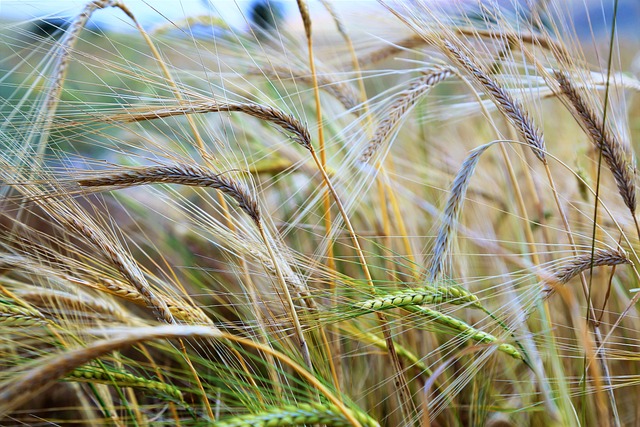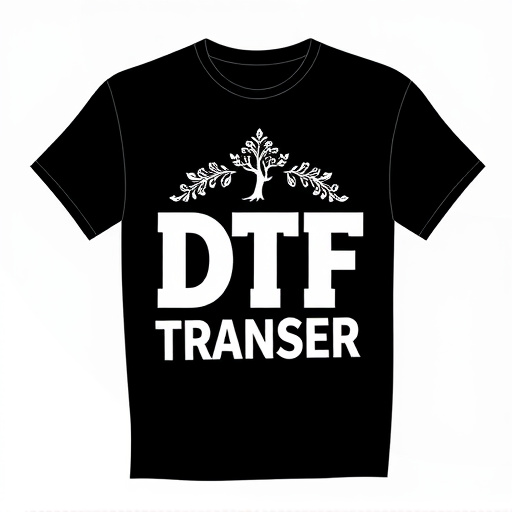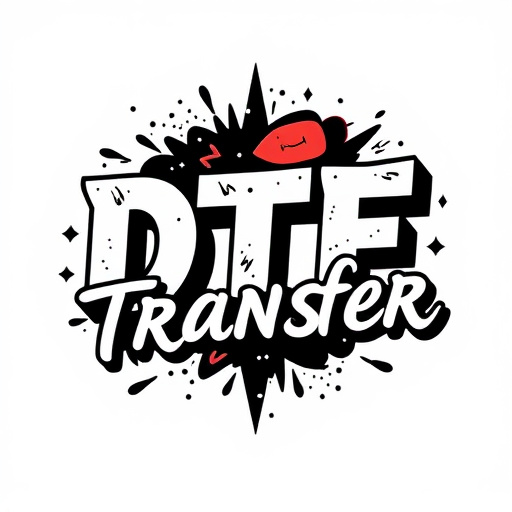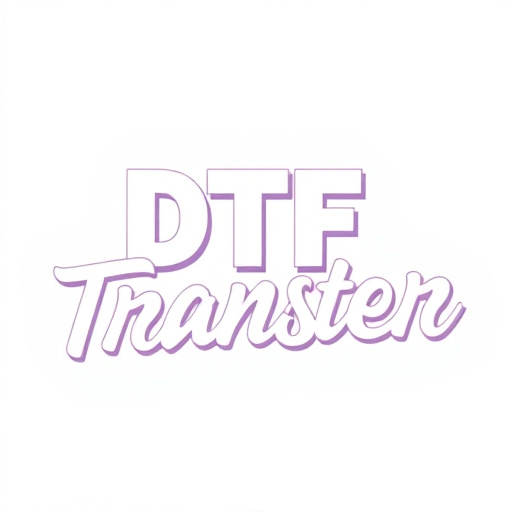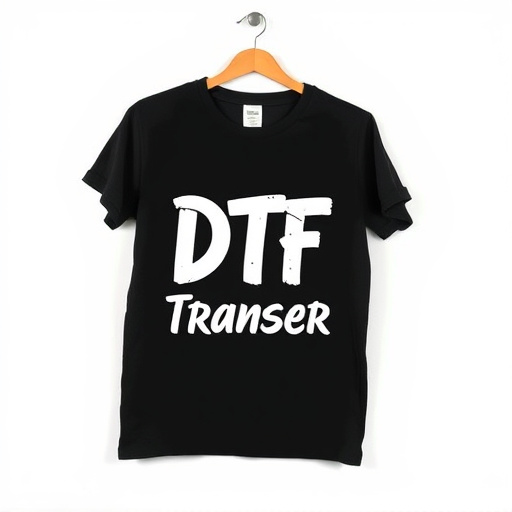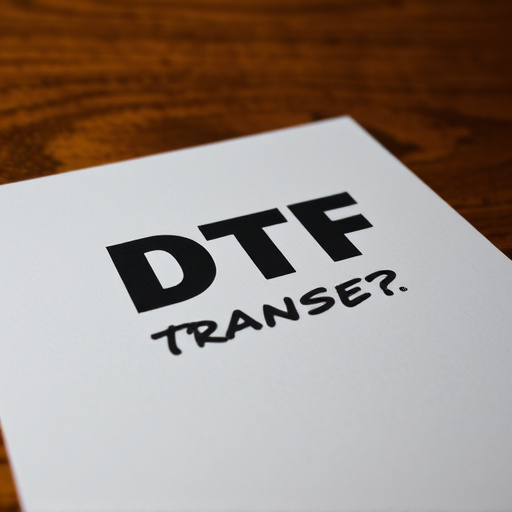Direct-to-film (DTF) technology is revolutionizing the textile industry by directly printing intricate designs onto cotton fabrics with advanced digital techniques. Offering unparalleled versatility, quality, and speed, DTF enables vibrant colors and complex patterns in custom clothing and accessories. The process eliminates traditional dyeing and finishing, ensuring exceptional print quality, color accuracy, and fabric softness. Key factors for successful DTF transfers include ink and coating selection, proper fabric preparation, and adherence to best practices to overcome challenges like ink skipping or smudging.
Direct-to-film transfers (DTF) are transforming the way we apply designs to cotton fabric, offering a versatile and efficient printing method. This article delves into the intricacies of DTF technology, exploring its advantages for cotton fabric applications. From understanding the basics of DTF to choosing the right ink and coating, pre-treatment preparation, and troubleshooting common issues, this guide provides a comprehensive overview. Discover how DTF can revolutionize your printing process and enhance the quality of your cotton fabric designs.
- Understanding Direct-to-Film Transfers (DTF): A Quick Overview
- The Advantages of DTF for Cotton Fabric Application
- Choosing the Right Ink and Coating for Optimal Results
- Pre-Treatment and Preparation of Cotton Fabric for DTF Printing
- Process Steps: From Film to Fabric
- Best Practices and Troubleshooting Common Issues in DTF Transfers
Understanding Direct-to-Film Transfers (DTF): A Quick Overview
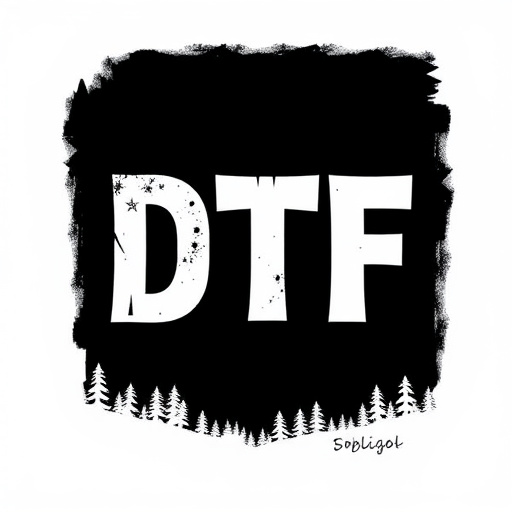
Direct-to-film transfers (DTF) are a cutting-edge printing technology revolutionizing the textile industry, particularly for cotton fabric applications. This innovative process eliminates traditional methods by applying designs directly onto the fabric using advanced digital printing techniques. DTF offers unparalleled versatility and quality, enabling intricate patterns and vibrant colors to be seamlessly integrated into cotton garments and accessories.
The beauty of DTF lies in its efficiency and precision. It involves transferring printed ink from a film or sheet directly onto the fabric’s surface, creating long-lasting, high-resolution designs. This method is especially advantageous for custom clothing, allowing businesses and designers to offer personalized, on-demand printing services with fast turnaround times. By optimizing DTF for cotton, manufacturers can ensure exceptional print quality, color accuracy, and fabric softness, catering to the diverse preferences of modern consumers.
The Advantages of DTF for Cotton Fabric Application

Direct-to-film (DTF) technology offers a host of advantages for cotton fabric application, making it a popular choice in various industries. One of its key benefits is speed and efficiency. DTF printing directly onto cotton allows for quick production times, as there’s no need for separate dyeing or finishing processes. This makes it an ideal solution for bulk orders and time-sensitive projects.
Additionally, DTF provides exceptional durability and color vibrancy on cotton fabrics. The technology uses advanced ink formulations that bond strongly to the fabric, ensuring long-lasting colors even under frequent washing and wear. This feature is particularly advantageous in apparel and home textiles, where maintaining a rich palette over time is essential for customer satisfaction.
Choosing the Right Ink and Coating for Optimal Results
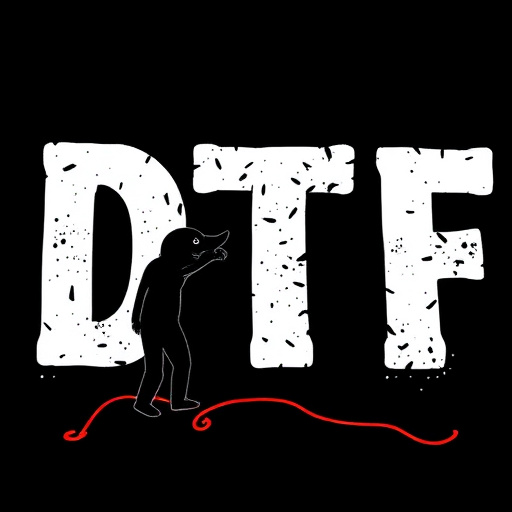
When optimizing direct-to-film (DTF) transfers for cotton fabric application, selecting the right ink and coating is paramount to achieving superior results. The suitability of the ink depends on various factors such as color vibrancy, fast drying time, and resistance to fading or cracking over time. For cotton, a water-based or eco-solvent ink often provides the best balance between vivid colors and ease of application. These inks adhere well to cotton’s slightly rough surface, ensuring a crisp print.
Coatings play a crucial role in enhancing the durability and handleability of the final product. A protective coating can safeguard against moisture, UV rays, and scuffs, prolonging the lifespan of the printed fabric. Moreover, for DTF transfers specifically, a heat-resistant coating ensures that the ink remains intact during the printing process and subsequent heating to fuse the design onto the cotton. This meticulous choice of ink and coating ultimately determines the quality and longevity of the printed fabric.
Pre-Treatment and Preparation of Cotton Fabric for DTF Printing

Before direct-to-film (DTF) printing on cotton fabric, proper preparation is key to achieving high-quality results. The first step involves cleaning the fabric to remove any impurities or oils that might hinder ink adhesion. This can be done through a gentle wash with a mild detergent and warm water, ensuring thorough rinsing afterward to eliminate any soap residue.
Once cleaned, the cotton fabric should be allowed to dry completely. Pre-treating the fabric by calendering or using a suitable sizing agent can also improve ink absorption and prevent bleeding. Calendering smooths the fabric’s surface, enhancing its durability and printability. Additionally, pre-treatment ensures that the DTF inks bond strongly with the cotton fibers, leading to vibrant and long-lasting prints.
Process Steps: From Film to Fabric

The process of direct-to-film (DTF) transfers for cotton fabric application involves several precise steps to ensure optimal results. It begins with the selection of high-quality, durable films designed specifically for fabric printing. These films are then carefully aligned and pressed against the cotton material, creating a tight bond. The next crucial step is heat application, where a controlled temperature is used to fuse the film’s ink or dye into the fabric fibers, making the design permanent.
After heat treatment, the film is carefully peeled away, leaving behind a crisp, vibrant print on the fabric. Quality control measures are essential at this stage to ensure the transfer is free from bubbles, smudges, or any imperfections. This meticulous process allows for the reproduction of intricate designs and vivid colors directly onto cotton, making DTF an attractive option for various textile applications.
Best Practices and Troubleshooting Common Issues in DTF Transfers

Direct-to-film (DTF) transfers for cotton fabric applications offer a range of creative possibilities, but they also come with their share of challenges. To achieve optimal results, it’s essential to adhere to best practices throughout the process. First, ensure your fabric is properly prepared; this includes cleaning and pre-treating to eliminate any contaminants that could interfere with ink adhesion. The right surface preparation is key for long-lasting, vibrant prints.
Troubleshooting common issues often involves identifying and addressing problems early. If you encounter issues like ink skipping or smudging, check your printing settings and ensure consistent pressure during the transfer process. Inconsistent heat application can also cause warping or poor adhesion; use a reliable heating source and monitor temperature carefully. Regularly cleaning your printing equipment and maintaining proper ink levels are additional practices that help prevent problems from arising in the first place.
